Description
Double Budded Seedlings
The most common method of citrus propagation is by budding via bark grafting of old trees.
Citrus varieties grown from seed have numerous problems like late bearing, an uneven performance due to their genetic variability and susceptibility to drought, root invading fungi, nematodes and salinity.
This product is double budded and is available for all citrus species.
Growing and Transplanting Double Budded Seedlings For Citrus Species
Orange trees like a pH between 6 and 7.0 in citrus-specific potting soils (light, well-drained sandy soils are most ideal.
For good production oranges require well-distributed rainfall or supplementary irrigation throughout the year. A good source of water is therefore essential in orange farming.
Spacing varies widely, depending on elevation, rootstock, and variety. Generally, trees need a wider spacing at sea level than those transplanted at higher altitudes. Usually the plant density varies from 150 to 500 trees per ha, which means distances of 5 x 6 m or 7 x 8 m (oranges, grapefruits).
It is very important to ensure that seedlings are not transplanted too deep.
After planting, the seedlings ought to be at the same height or preferably, somewhat higher than in the nursery (Maintain a single stem up to a height of 80-100 cm).
Under no circumstances must the graft union ever be in contact with the soil or with mulching material if used.
Pinch or break the top branch at a height of 100 cm to encourage side branching.
Allow 3-4 scaffold branches to form the framework of the tree.
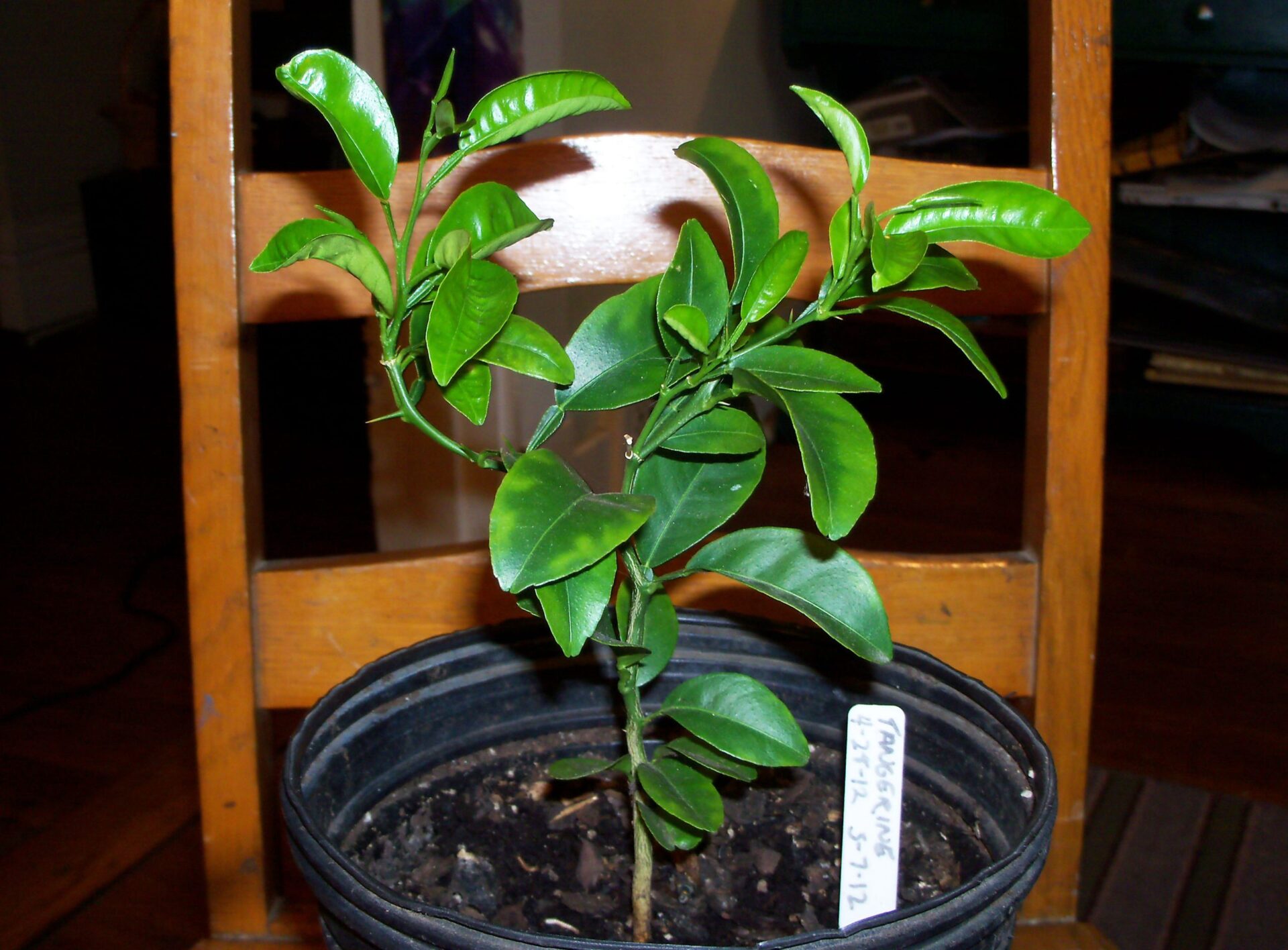
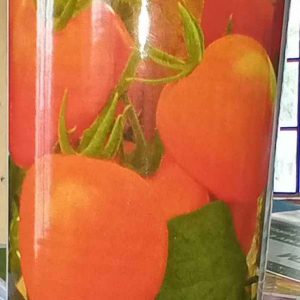
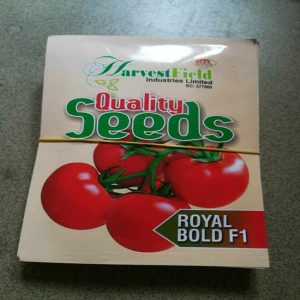
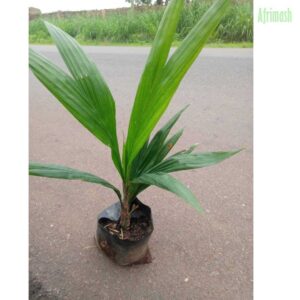
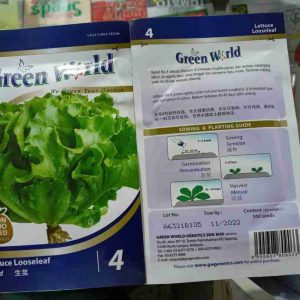
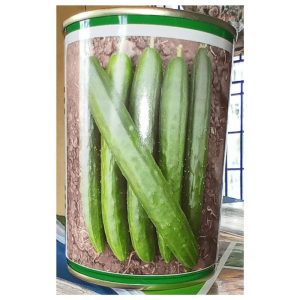
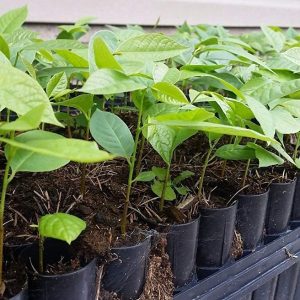
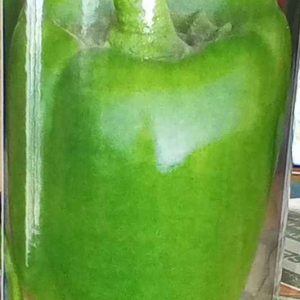
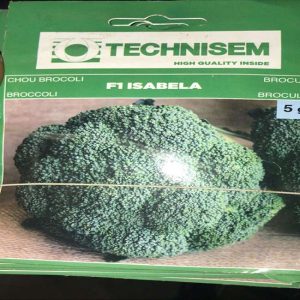
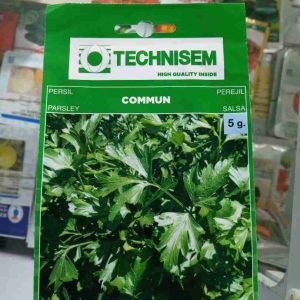
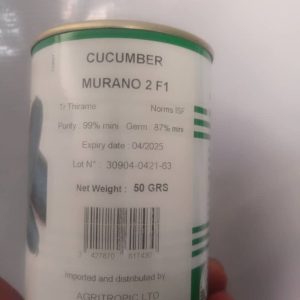

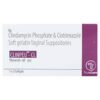



Reviews
There are no reviews yet.